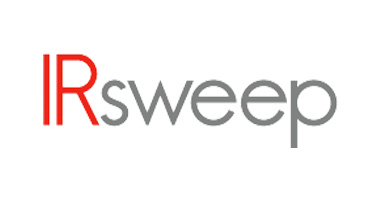Advances of dual-comb spectroscopy based on QCL for environmental and water analysis
6 Marzo 2021
Webinar on-demand
In this webinar, we present a thorough comparison of mid-infrared techniques, focusing on the two dominant solutions: QCL and FTIRs. Consequently, we will cover the technical challenges the DCS technique has to overcome to be superior to the FTIR technique. Pushing the DCS technique, we manage to get µs time resolution for up to 131 ms acquisition time as well as < 1 ms time-resolution for reactions which take > 10s. Furthermore, we have improved the spectral coverage of QCL DCS covering more than 100 cm-1. Overall, the combination of high-speed, spectral bandwidth and high-brightness of this highly coherent source puts DCS at an advantage compared to FTIRs for a plethora of applications, such as liquid analysis (e.g. protein analysis, dioxin measurement, stopped flow), fiber applications and high-resolution spectroscopy. As such, we will give a comprehensive review of applications which are targeted today using QCL DCS. This covers bio-, environmental/gas, combustion as well as water analysis.
Presenter
Prior to co-founding IRsweep, Andreas received his PhD on single-mode and comb operation of broadband QCLs in 2013 under the supervision of Jérôme Faist at ETH Zurich. He received his Master of Science in Micro- and Nanotechnology in 2007 from the University of Neuchâtel. Among others, Andreas was awarded the ETH Medal for an outstanding doctoral thesis and the Omega student award for his master thesis.
© Riproduzione riservata




